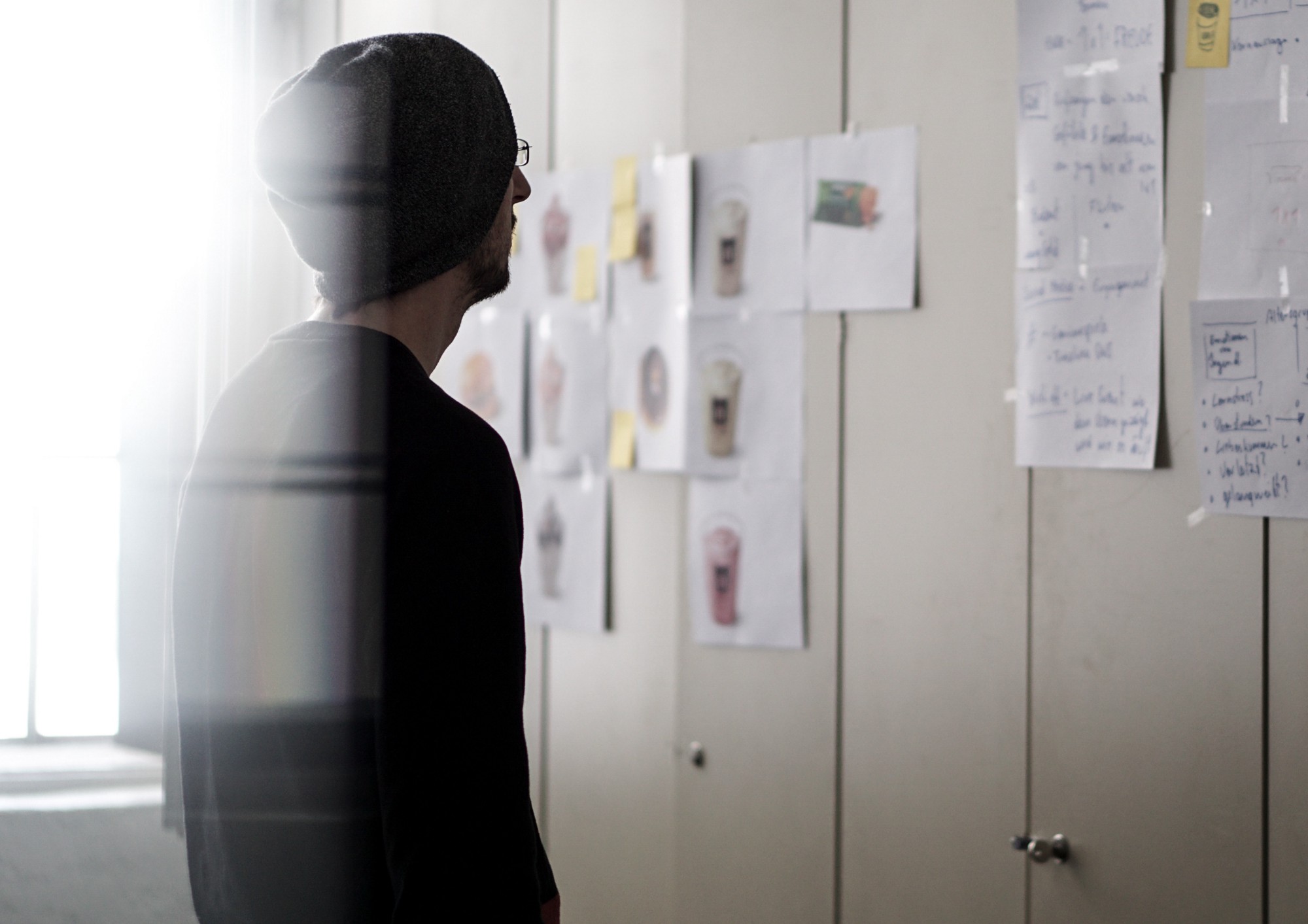
Courtesy of Green Chameleon from unsplash.com.
Having attended public portfolio review events as well as getting a good dose of portfolio critique myself, I’ve noticed a few patterns in feedback — particularly about projects coming from school and bootcamps.
While I haven’t attended a UX design bootcamp or gone back for a Master’s degree (yet), I’ve jotted down some of these recommendations to help others who may be wondering what else to add to their design projects.
- What’s your role?
What I love about the curricula I see from different schools and bootcamps that focus on human-computer interaction is that a lot of emphasis is placed on team projects. While there are a lot of designers that do just fine working alone, if you are looking to work at a tech company or really any company that is digital-first, you’ll likely need to work with all sorts of people including developers, marketers, product managers, and others.
With that being said, when you publish a project from school, people will want to know what part you played in the project so that they can pay closer attention to those elements you contributed in your portfolio. Did you handle UX research and visual design? Did put on your UX writer hat and whip up some sublime copy? The less role-ambiguity, the better.

Courtesy of William Iven from unsplash.com.
2. What are your limitations and requirements?
Whether it’s a passion project or school project in partnership with a real company, always set limitations and requirements. Don’t get me wrong — it’s always fun to see all of the different solutions that people come up with in these sorts of projects. But if you’re looking to apply to jobs and catch recruiters’ attentions, you’ll need to show that you know how to work with limitations and requirements.
Not sure what I mean? Let’s say you’re given the task of redesigning an ATM. What limitations are there in designing this ATM? Can only certain colors be used? Can only certain cards be accepted? What requirements are there in designing this ATM? What kinds of languages must this ATM support? Don’t get too weighed down by all of these possibilities — be realistic.

Courtesy of Philipp Mandler from unsplash.com.
3. How will this be implemented?
You’ve come up with a great solution for a design challenge, and while you may not have the skills to make this live — what would be the next step? How will you get your solution implemented?
If you’ve come up with a site idea, what would you do? Buy a domain and work with a developer? How long might that take? Think through the steps you’d take to take your solution and make it a real thing. Major bonus points if your solution does go live!

Courtesy of Clément from unsplash.com.
4. What did you learn?
Great designers learn from their mistakes, grow from them, and move onto their next challenge. Nobody expects you to have created a perfect design solution on your first try.
One thing that designers I know will acknowledge is that they’ll look at their past work and think — “Wow… that was pretty terrible.” But they’ll think that because they’ve continued to grow and learn more. Mistakes will happen. It’s how you handle them and what you do with them.
